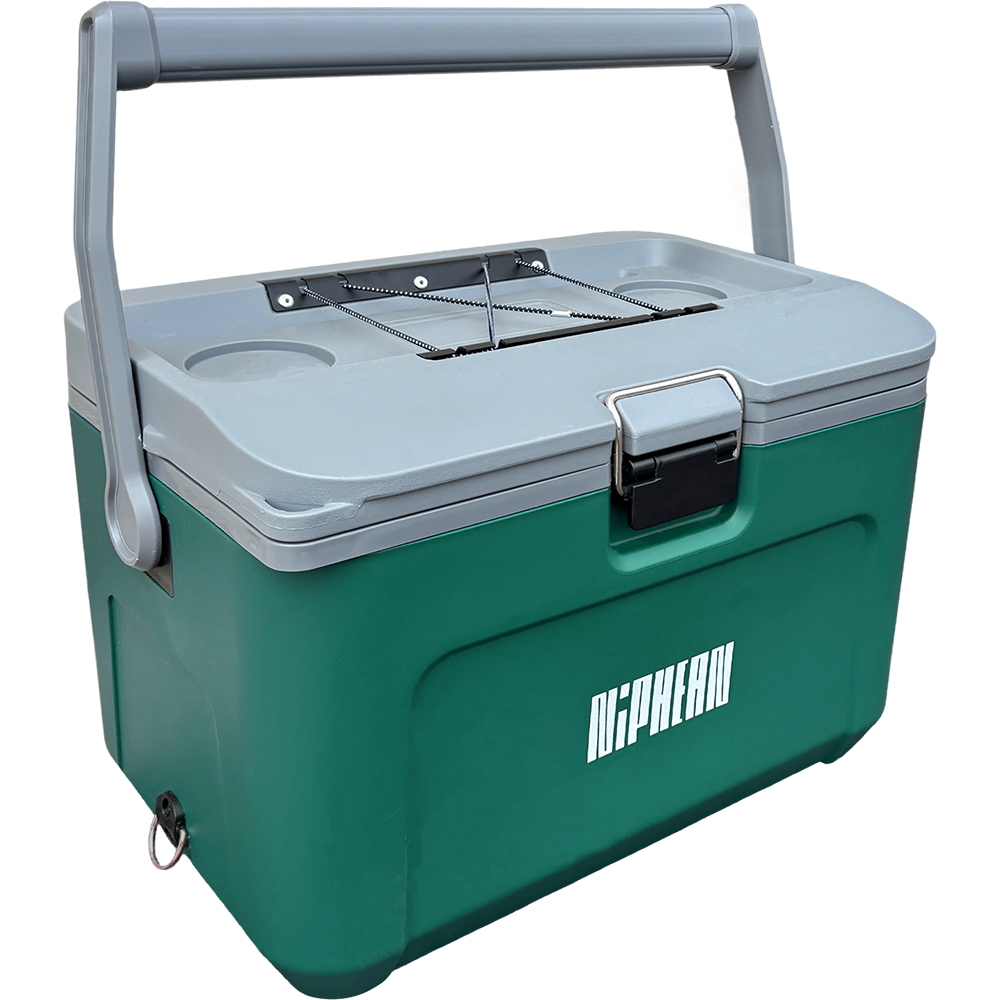- No products in the cart.
How to Avoid Common Paddle Boarding Injuries
Sep 17, 2025
Introduction
Stand Up Paddleboarding (SUP) is a fantastic way to enjoy the water, improve fitness, and explore nature. However, like any sport, it carries a risk of injury if proper precautions aren’t taken. Understanding the common causes of SUP injuries and how to prevent them is essential for both beginners and experienced paddlers. At Niphean, we are committed to helping paddlers enjoy the sport safely while maximizing performance.
1. Know Your Limits
Many injuries occur when paddlers overestimate their abilities. Beginners are particularly susceptible to falls, overexertion, and muscle strains. Start with calm, flat water, and gradually progress to more challenging conditions as your skills and confidence improve.
2. Focus on Proper Technique
Incorrect paddling posture is a leading cause of shoulder, back, and wrist injuries. Key points to remember:
-
Engage your core rather than relying solely on arms.
-
Keep your knees slightly bent to absorb shock and maintain balance.
-
Rotate your torso with each stroke to reduce strain on the shoulders.
Niphean’s instructional resources provide step-by-step paddling tips to ensure safe and efficient technique.
3. Wear Appropriate Safety Gear
While SUP may seem low-risk, safety gear can prevent serious injuries. Recommended items include:
-
Personal Flotation Device (PFD): Especially important for beginners and when paddling in deep or fast-moving water.
-
Leash: Keeps you connected to your board, preventing separation in case of a fall.
-
Sun Protection: UV-protective clothing, sunglasses, and sunscreen reduce heat-related injuries and sunburn.
4. Warm-Up and Stretch
Like any sport, SUP requires proper preparation. A short warm-up routine of dynamic stretches focusing on the shoulders, core, and legs can prevent muscle strains. Post-session stretches also help reduce stiffness and promote recovery.

5. Be Mindful of Environmental Hazards
Collisions, rough water, or underwater obstacles can cause injuries. Always assess the water conditions before setting out. For ocean paddling, check tide charts and currents. In lakes or rivers, watch for rocks, submerged logs, and shallow areas. Our paddle safety guide offers detailed strategies to navigate safely.
6. Listen to Your Body
Overuse injuries such as tendonitis or lower back pain often arise from ignoring early warning signs. If you experience persistent discomfort, take a break and allow your body to recover. Gradual training progression is key to long-term enjoyment of paddle boarding.
Conclusion
Paddleboarding is an incredible way to stay active and connect with nature, but safety should always come first. By understanding common injuries, focusing on proper technique, and using the right equipment, you can enjoy SUP confidently and reduce the risk of harm.
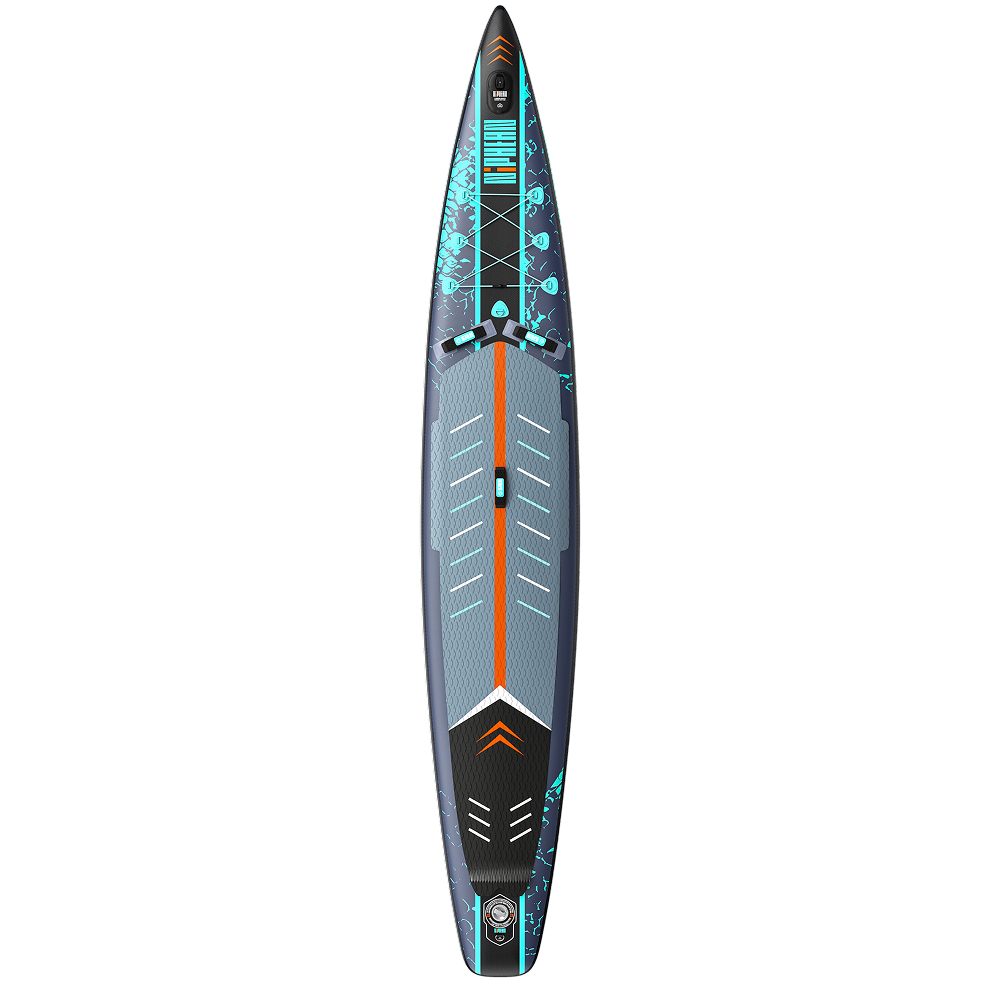
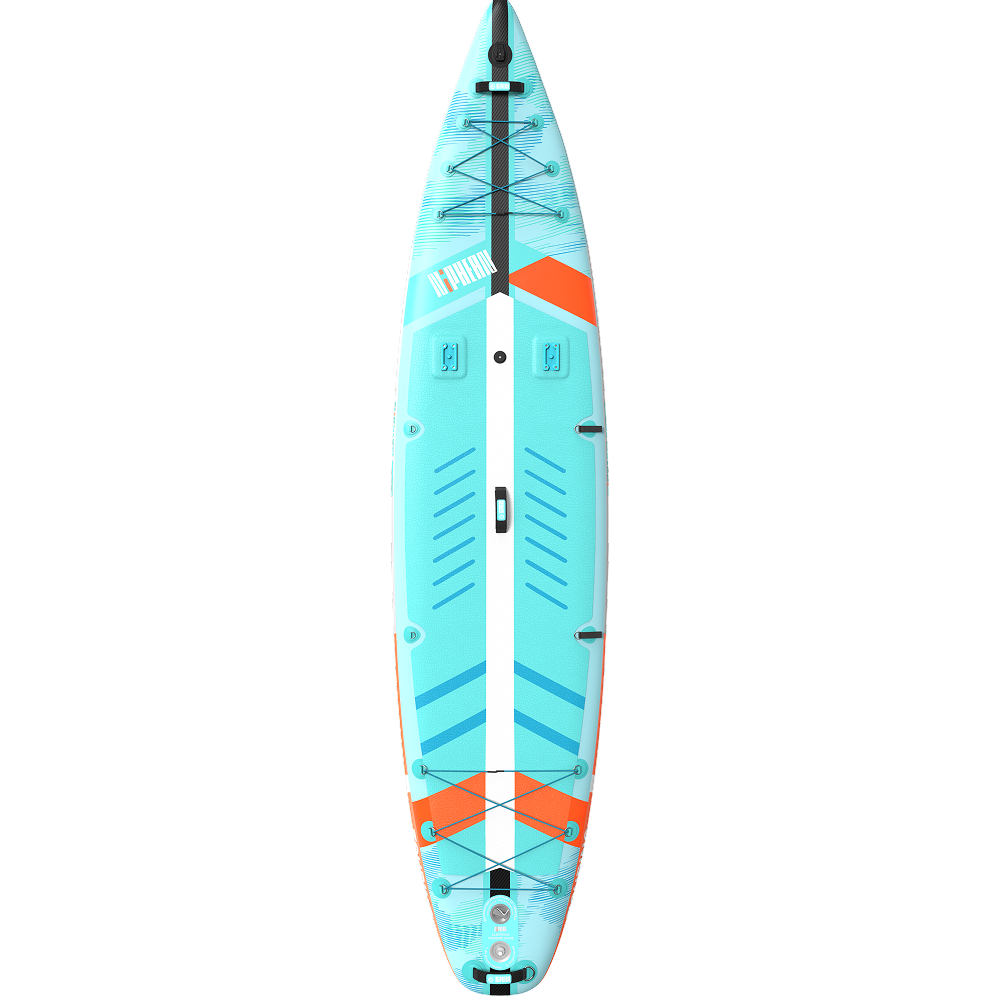
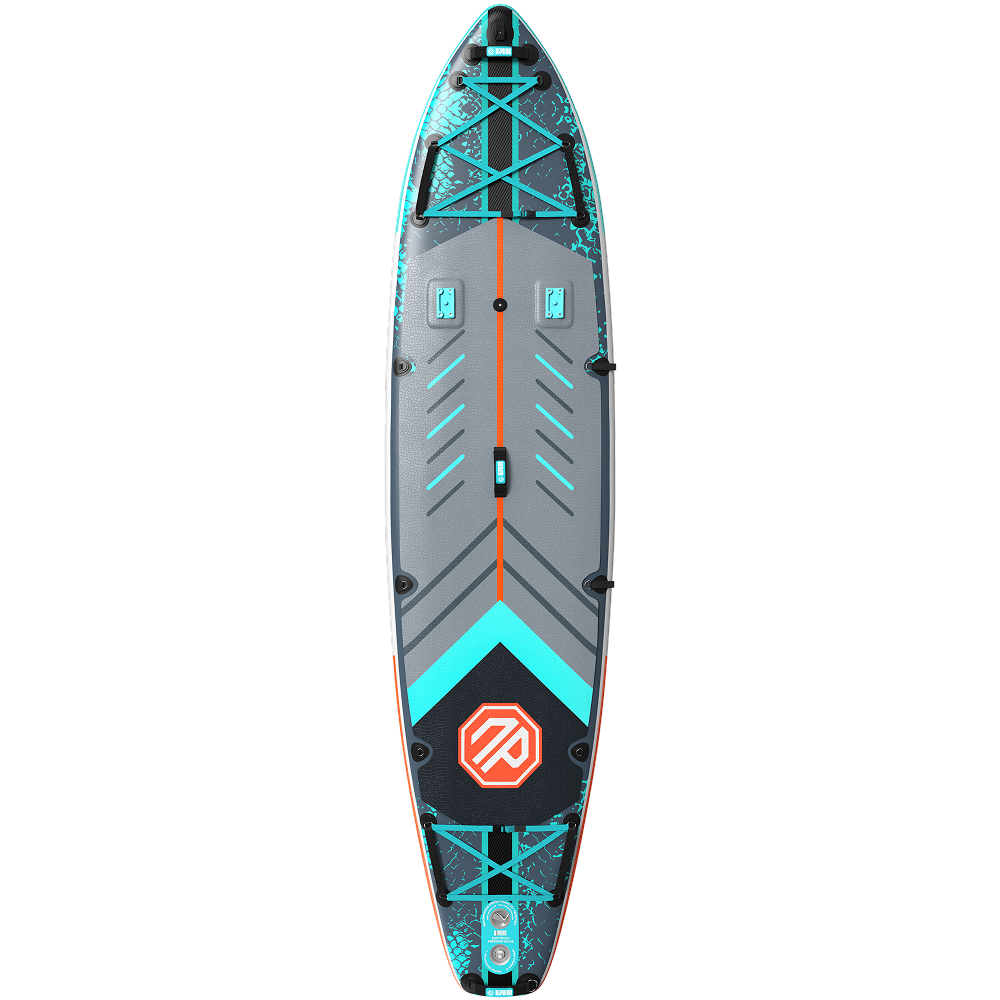
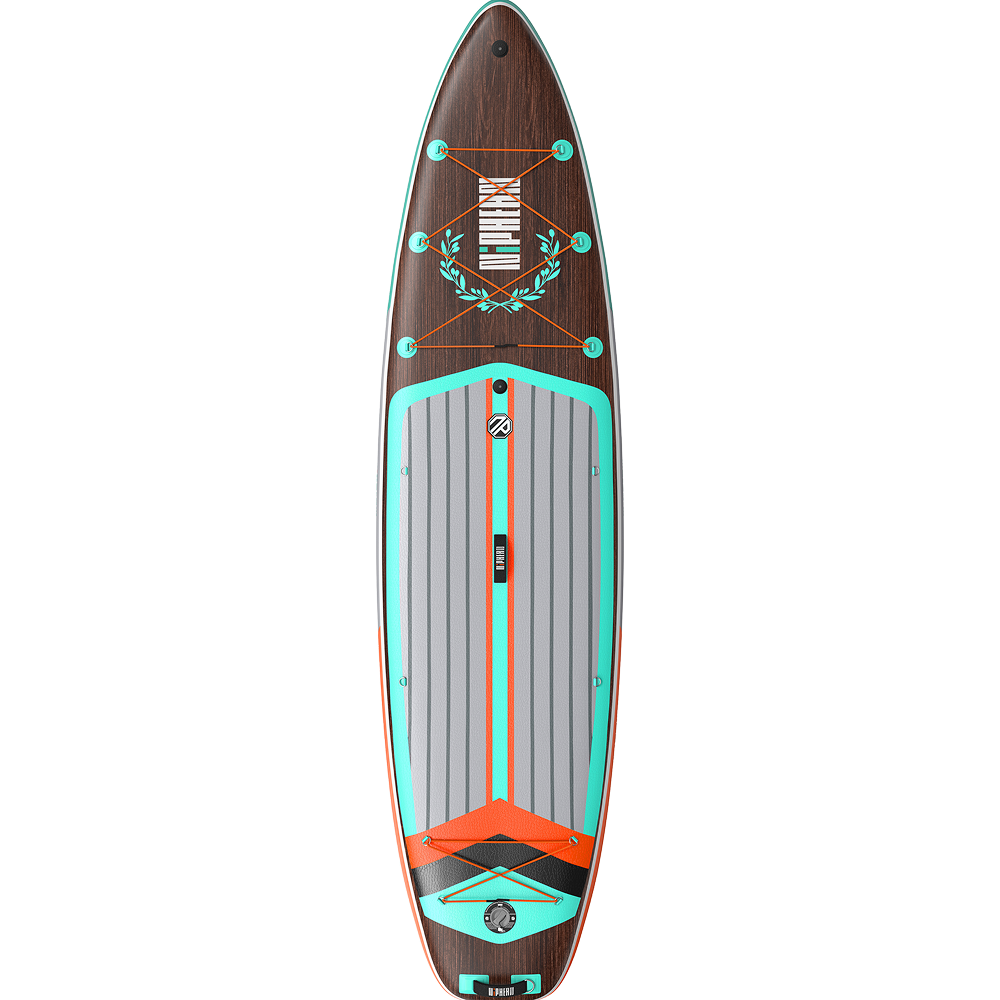
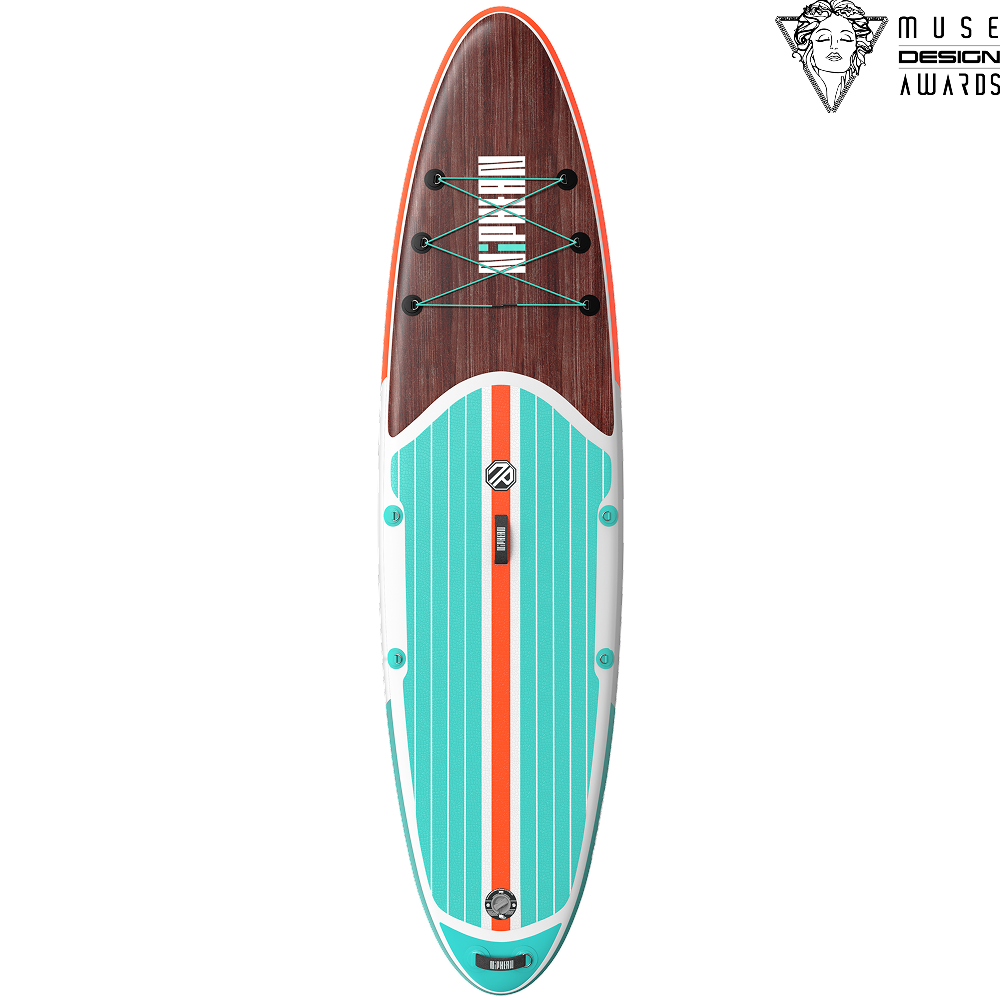
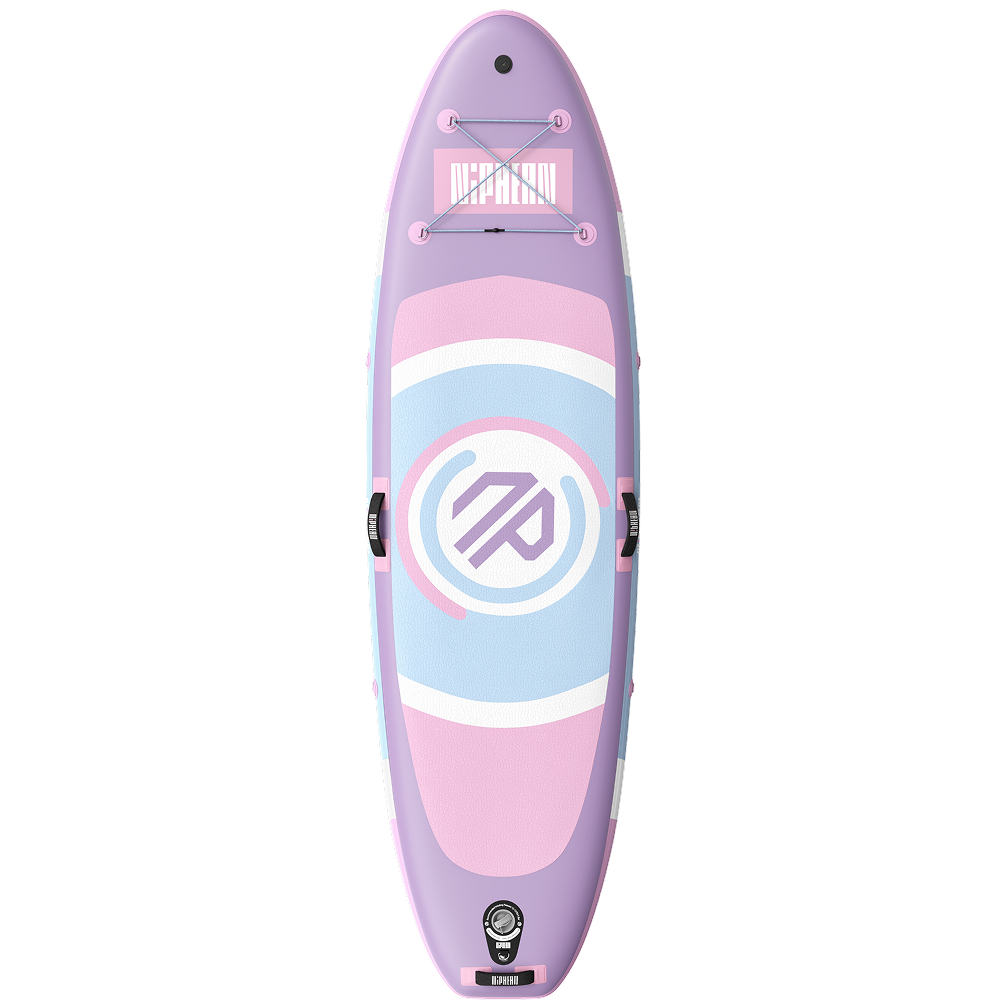





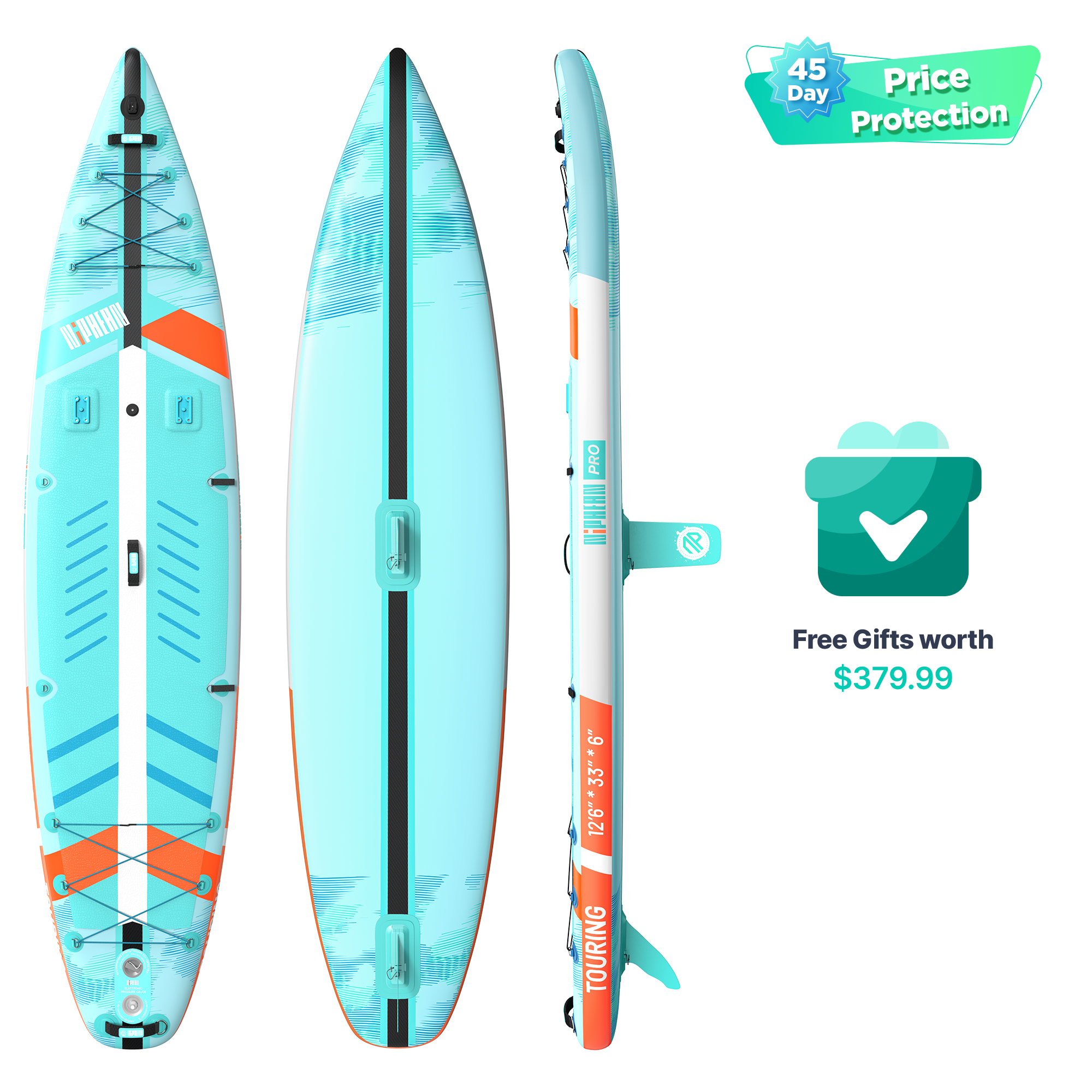
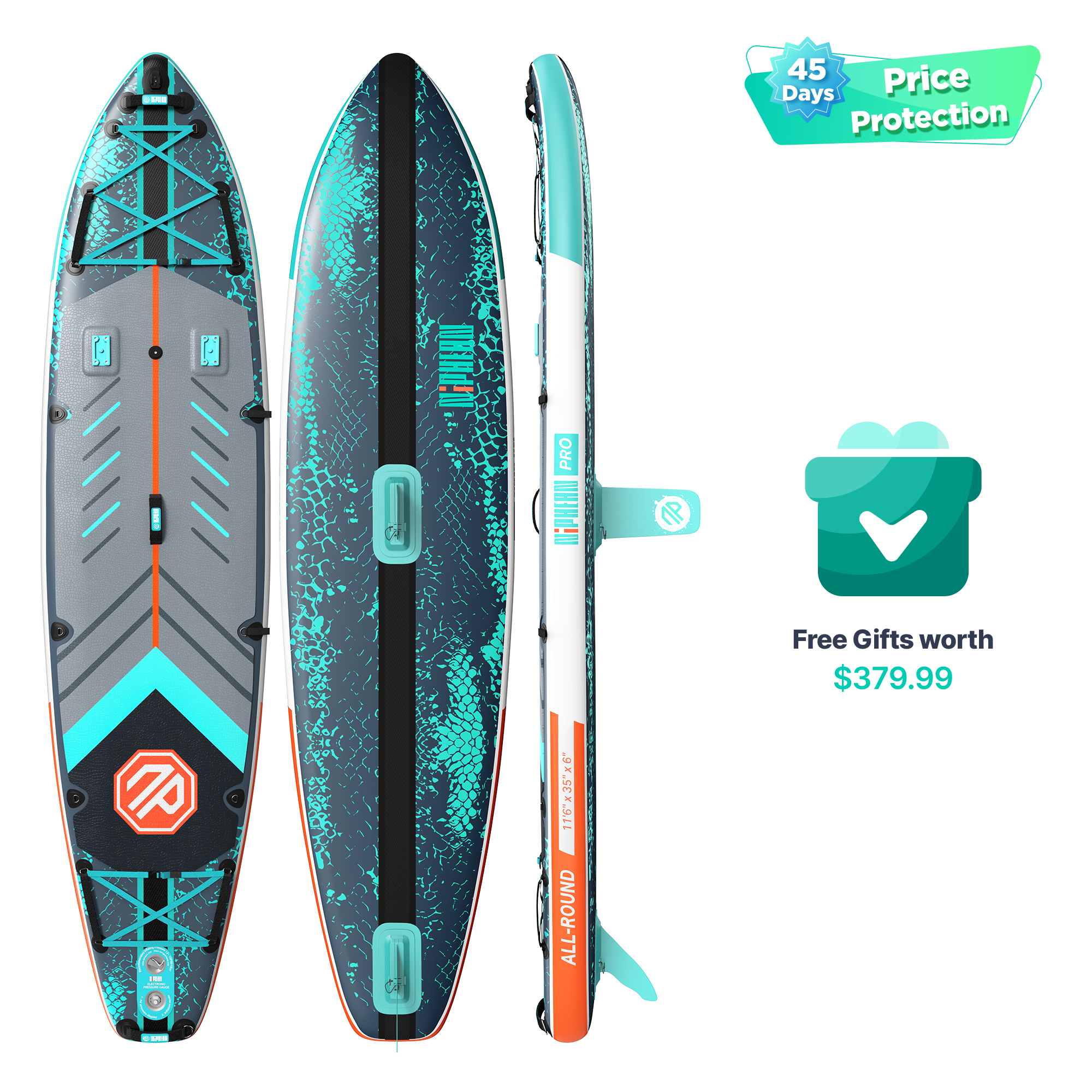
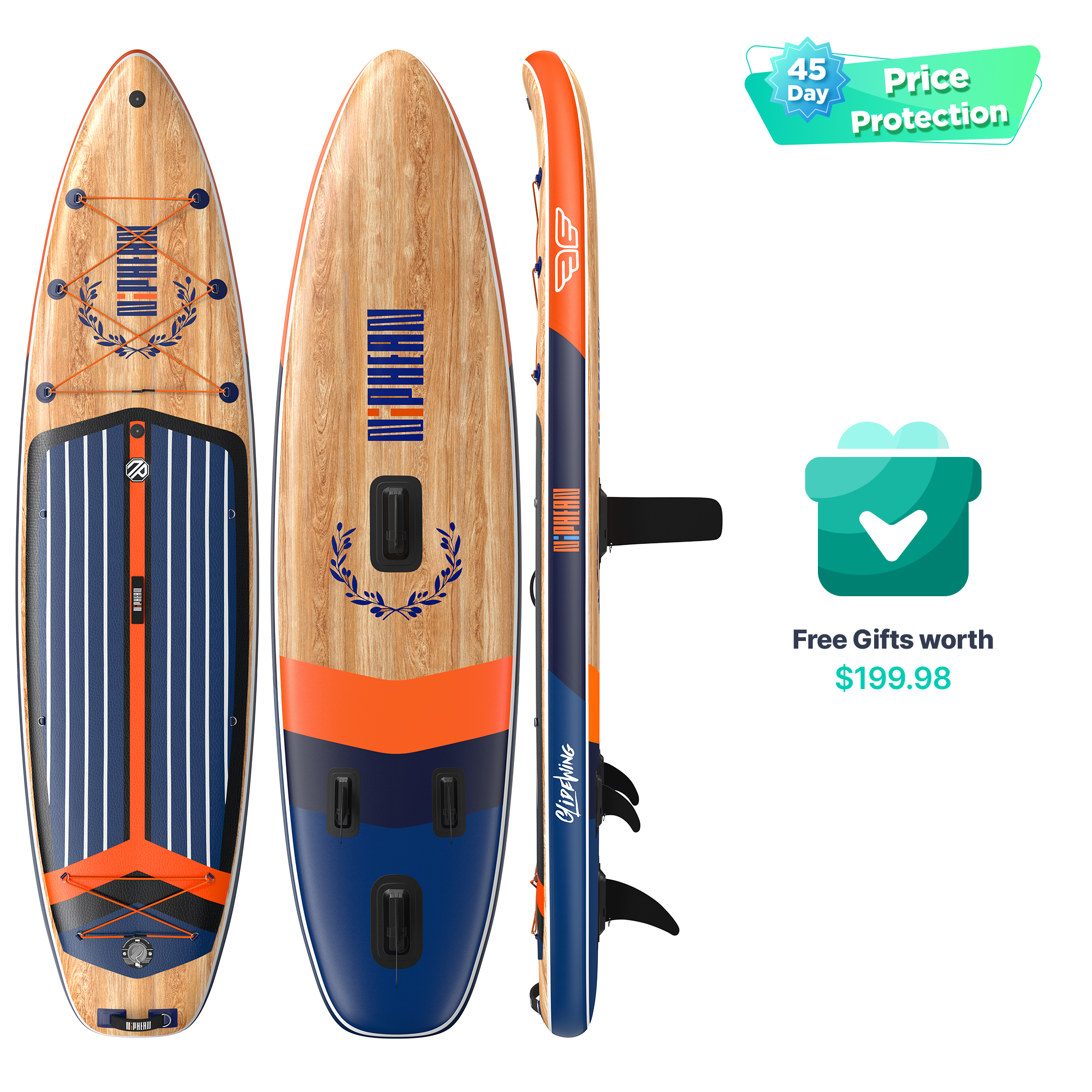
 Youtube
Youtube Facebook
Facebook Instagram
Instagram TikTok
TikTok